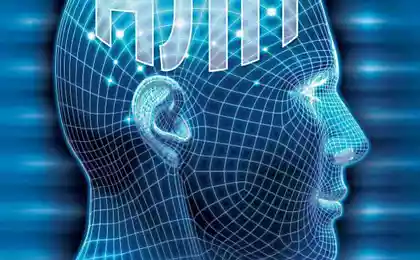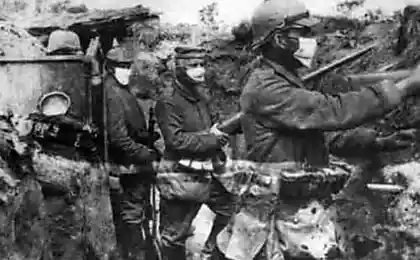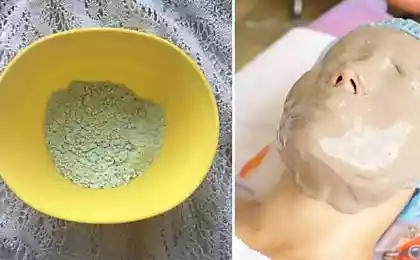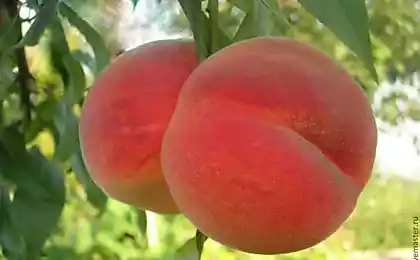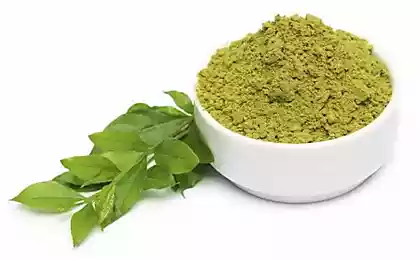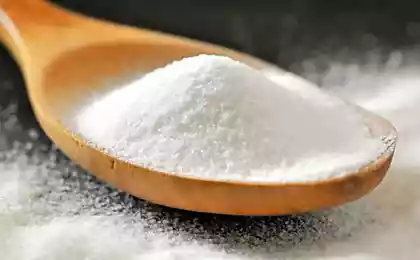194
Conclusions of scientists who compared fourteen types of masks and calculated the most reliable
Many people today are concerned about the question, which masks better protect against coronavirus? This issue was relevant even before the introduction of a universal mask regime.

GettyImages added complexity to the fact that the initial shortage of masks and their high cost led to the widespread use of homemade and alternative masks.
It is assumed that wearing protective masks significantly reduces the distance at which viral particles exhale. But many of the remedies used have not been tested in practice. We can only judge their effectiveness speculatively.
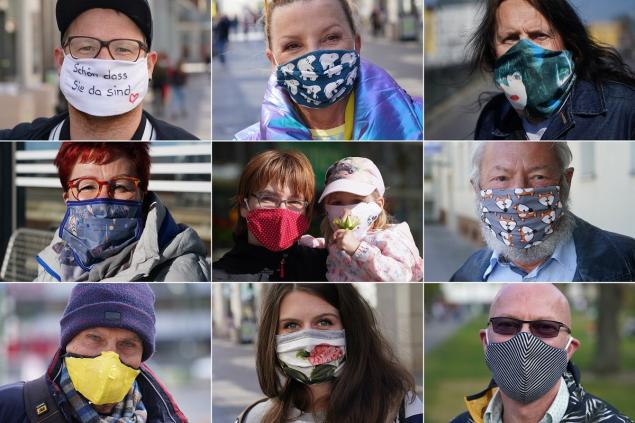
GettyImages To correct the situation is a study by scientists from Duke University in the United States, published in the scientific journal of the American Association for the Advancement of Science.
about:blank
Fisher and her colleagues have come up with a quick and inexpensive way to assess the protection of 14 masks. To do this, they needed only a cardboard box, tape, optical laser and lens.

The scheme of the experiment is simple: the operator puts on a mask and speaks in the direction of an extended laser beam inside a dark room. The droplets pass through the laser beam and scatter the light that is recorded by the camera of the mobile phone.
Aalto University scientists using a supercomputer showed how coronavirus particles spread when coughing or talking, as well as how long they are in the air
Experts have simulated a situation in which a person sneezes or coughs in the grocery store. pic.twitter.com/VDzKX7OKzc
— Moscow 24 (@infomoscow24) April 11, 2020
“We have confirmed that when people talk, small droplets are thrown away. So the disease can spread in conversations, without coughing or sneezing, says Fisher. “We also saw that some face masks are better than others at blocking the release of particles.”
Mask efficiency rating
Worst masks
Do not forget that a medical mask is only one of the protective measures. This is not a panacea or 100% protection. But wearing a mask accurately reduces the viral load and becomes a barrier to direct contact with patients. Regularly disinfect your hands, ventilate your home and wear a high-quality mask to protect yourself and your loved ones from possible infection.

GettyImages added complexity to the fact that the initial shortage of masks and their high cost led to the widespread use of homemade and alternative masks.
It is assumed that wearing protective masks significantly reduces the distance at which viral particles exhale. But many of the remedies used have not been tested in practice. We can only judge their effectiveness speculatively.

GettyImages To correct the situation is a study by scientists from Duke University in the United States, published in the scientific journal of the American Association for the Advancement of Science.
about:blank
Fisher and her colleagues have come up with a quick and inexpensive way to assess the protection of 14 masks. To do this, they needed only a cardboard box, tape, optical laser and lens.

The scheme of the experiment is simple: the operator puts on a mask and speaks in the direction of an extended laser beam inside a dark room. The droplets pass through the laser beam and scatter the light that is recorded by the camera of the mobile phone.
Aalto University scientists using a supercomputer showed how coronavirus particles spread when coughing or talking, as well as how long they are in the air
Experts have simulated a situation in which a person sneezes or coughs in the grocery store. pic.twitter.com/VDzKX7OKzc
— Moscow 24 (@infomoscow24) April 11, 2020
“We have confirmed that when people talk, small droplets are thrown away. So the disease can spread in conversations, without coughing or sneezing, says Fisher. “We also saw that some face masks are better than others at blocking the release of particles.”
Mask efficiency rating
- The first place was expected to be taken by the N95 respiratory mask without valves, which missed less than 0.1% of microdrops. 739817
GettyImages
However, her option with valves did not enter the top of the best. Fisher stressed that such masks perfectly protect the wearer, but the strong flow of air from the valve during exhalation is dangerous to others.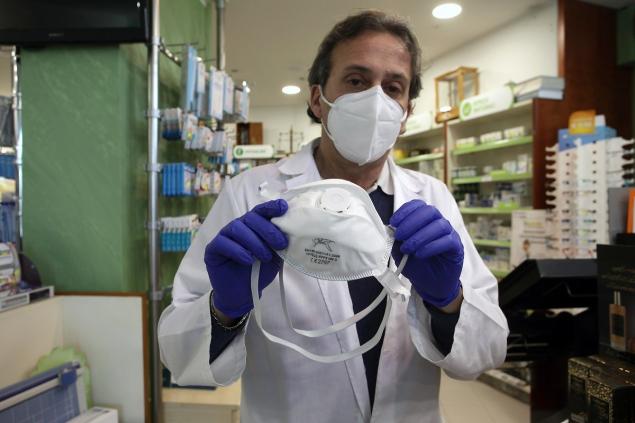
GettyImages - Second place went to disposable medical masks.
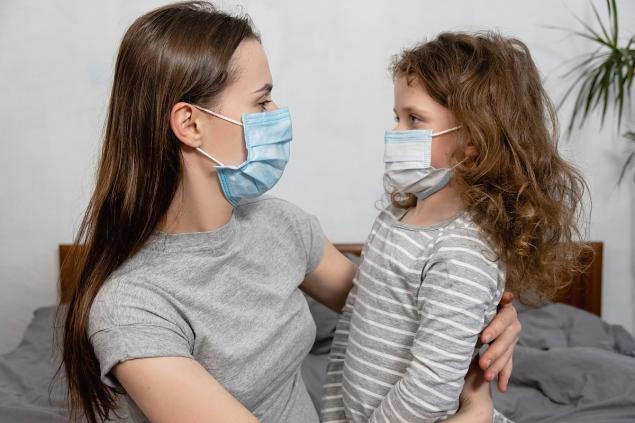
- Third, multi-layered cotton masks, which many make on their own, pass only 8% of microdrops.

Worst masks
- Many homemade masks vary greatly in efficiency. This is not surprising, given the differences in their materials and methods of manufacture.
- Bandanas and knitted masks are practically useless, as they pass up to 50% of particles.

GettyImages - The saddest situation was with multi-purpose bandages BUFF, which resemble a pipe of fabric and loved by athletes and tourists.
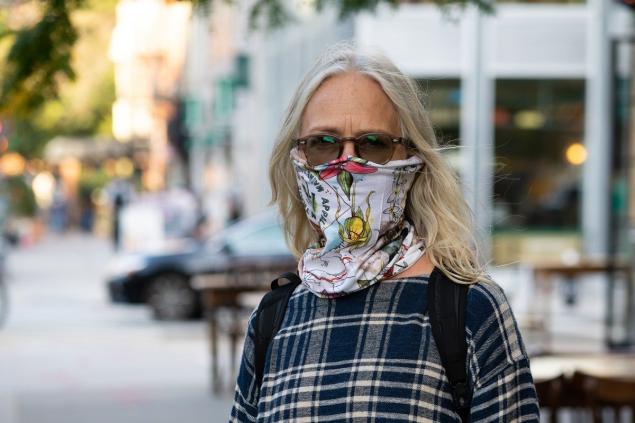
GettyImages
Such protections, on the contrary, increase the risk of infection (105%). “In the case of a fleece collar, the number of drops is even greater than when a person does not have a mask,” the study authors say.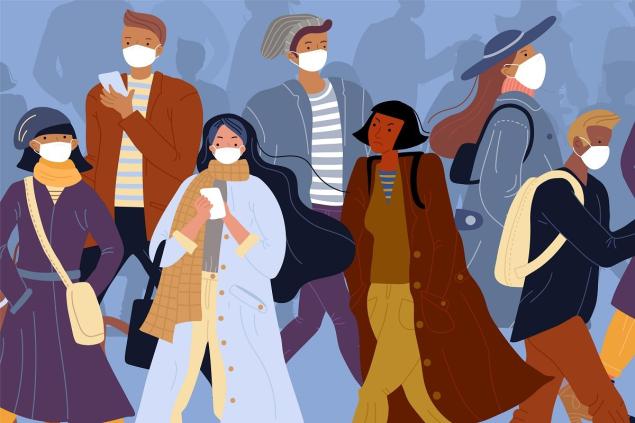
This is because such a material breaks up large droplets into smaller ones that can stay in the air for a long time and are potentially more dangerous. It would seem that a mask is better than none at all. However, there are exceptions to this rule.
Do not forget that a medical mask is only one of the protective measures. This is not a panacea or 100% protection. But wearing a mask accurately reduces the viral load and becomes a barrier to direct contact with patients. Regularly disinfect your hands, ventilate your home and wear a high-quality mask to protect yourself and your loved ones from possible infection.
Test to revive memory and recall the Soviet past in detail
Super Mindfulness Test for Those Who Consider themselves Smart






